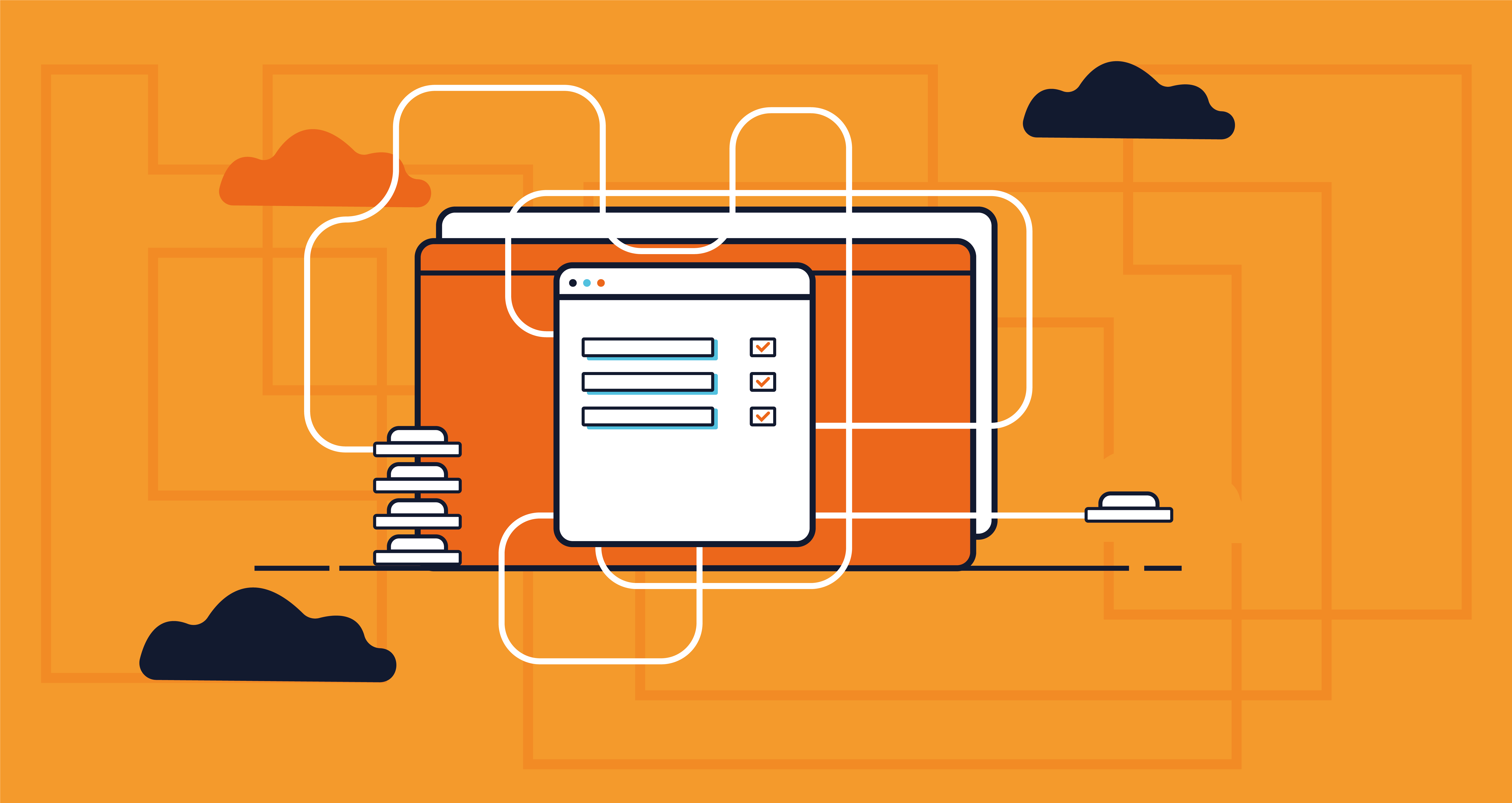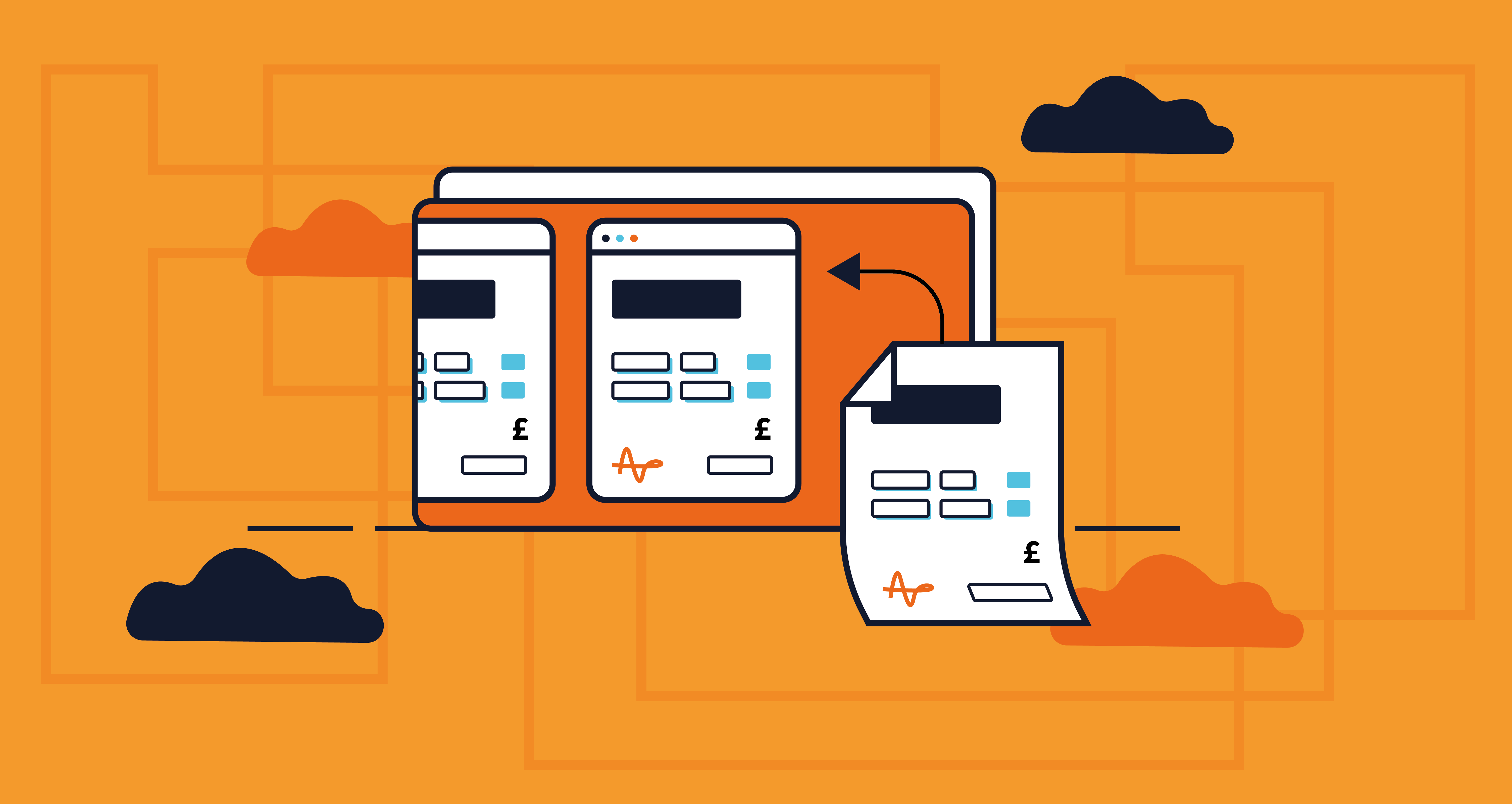If you’re using a legacy on-premises ERP system to host your business operations – you’re missing out on valuable potential to increasing consumer and client demand.
 In distribution and manufacturing, this is more pronounced than ever. And if so, you’ll be familiar with the common challenges; you have no visibility over your stock units, and limited understanding of how much space is in your warehouse. You can’t give your customers detailed delivery estimates – because the information you need to analyse that is siloed, static, and impossible to analyse quickly and efficiently at scale. With a cloud ERP however, things are different.
In distribution and manufacturing, this is more pronounced than ever. And if so, you’ll be familiar with the common challenges; you have no visibility over your stock units, and limited understanding of how much space is in your warehouse. You can’t give your customers detailed delivery estimates – because the information you need to analyse that is siloed, static, and impossible to analyse quickly and efficiently at scale. With a cloud ERP however, things are different.
Today’s customers expect the best value from their investment. With on-premises ERP platforms, you simply can’t provide this. Supply chain managers and wholesale distributors need to undergo a thorough digital transformation that will allow them to fulfil these demands. With the cloud, you can begin to deliver customer value at every stage of their journey. In this blog, we discuss how.
Get the Best Stock Fast
Delivering exceptional value to the customer requires optimising every stage of the supply chain. That begins with making savings on procurement from your supplier. To achieve that, you need a detailed, instant and granular overview of your suppliers, their proximity from your warehouses, and your customers, and a clear overview of the cheapest stock available.
With a cloud ERP, you can access information being fed into the system in real time. This involves an intelligent comparison of your landing costs along with accurate lead times, so you can source the cheapest and best quality stock, accounting for both manufacturing and courier costs.
The cloud allows you to instantly send across orders at the touch of a button, with the relevant information automatically recorded in your ERP. This eliminates the manual process of assembling order forms, sending them via email or even on paper, inputting that information in your ERP, and chasing up any replies. Achieving this allows your workers to focus on more important, engaging, and value-adding work, while delivering a cheaper and faster product for your customer.
Buy the Right Stock at the Right Time
For suppliers, distributors and manufacturers, it’s vital to be able to accurately predict the stock that you’re going to sell over a given time-period.
On legacy ERPs, stock forecasting is undynamic, unintelligent, and often inaccurate. But with the cloud, you can take advantage of emerging technologies to improve the accuracy of these forecasts. AI and machine learning can help improve accuracy of sales forecasts based on seasonal variation, economic factors and a whole range of external variables that influence buyer trends. By making these predictions more accurate, you can free up working capital for re-investment, while still maintaining a high level of service for your customers.
Optimise Your Warehouse Data
It’s no longer enough to simply give a standard blanket waiting time for all customers.
To deliver a tailored waiting time to every customer, you need a comprehensive, accurate and real-time overview of the stock you have in your warehouse, its proximity to the customer, and how quickly you can get that to them. Consider if a customer orders a product in St Alban’s – you need to know whether that unit is available locally in the Hertford warehouse. If so, you can gain a competitive edge by getting that over to them in as little as a day.
If it’s not available locally, you need to know where you can source it from and have the information to make that decision fast. Is it more efficient to order units in direct from supplier, or is it simply a case of moving a unit from another warehouse? What if a product that arrives at a warehouse has already been assigned to a customer? You need to be able to cross-dock that product, moving it from one lorry to another as fast as possible to get it straight out to the customer. And remember you don’t just deal with one order; you need to manage many orders at the same time, each with different customer delivery requirements. In legacy ERP environments, you can’t source this information quickly and efficiently enough to make effective distribution decisions.
The cloud allows you to maintain this comprehensive overview of your stock. With a cloud ERP, it’s simple for users to update stock availability information from supplier delivery information, through to warehouse information on breakages and quality control, to customer demand. From there, the system will automatically advise courses of action – which, based on the expertise within your organisation can be reviewed and carried out at the click of a button.
Provide Constant Customer Communication
The cloud allows information to be communicated from any device, anywhere. All your courier needs is an internet connection to provide constant updates on their progress and location. With this information, your ERP can provide regular updates as to when your customer can expect their product to be delivered, using intelligent travel time forecasting. And when a delivery is made, the driver need only tap a button for that delivery to be confirmed and recorded, after which any relevant signatures are saved, and a confirmation email sent out.
Before the cloud, staff would have to sit in an office, manually tracking, inputting and editing this information. With a cloud ERP, you can eliminate these manual hours, provide more accurate information quicker, and reassign your resources towards more engaging, value-adding work. The result? Happier employees, satisfied customers and ultimately a better bottom line.
The Right Cloud ERP For You
If you’re looking to upgrade your on-premises ERP product, the benefits of a cloud-based alternative are difficult to resist. But which is the right cloud platform for you? For distributors, manufacturers, and suppliers, there remains only one clear contender: Microsoft Dynamics 365 Business Central.
With the best of Microsoft technology, you can take your cloud ERP a step further. You can integrate it seamlessly with the rest of your Microsoft technology, and expand the functionality by drawing in functions from around the wider Microsoft landscape, including Azure, the Power Platform, and Microsoft 365. With that, you also get enterprise-grade security and the ability to seamlessly scale your subscription up and down on a monthly basis. In truth, there’s really no competition.





